
mit-dem-Rucksack-gen-Osten
vakantio.de/der-sonne-entgegen
Cambodia - a country between ancient temples, pepper plantations and a bold look into the future
ޝާއިޢުކޮށްފައިވެއެވެ: 24.11.2023
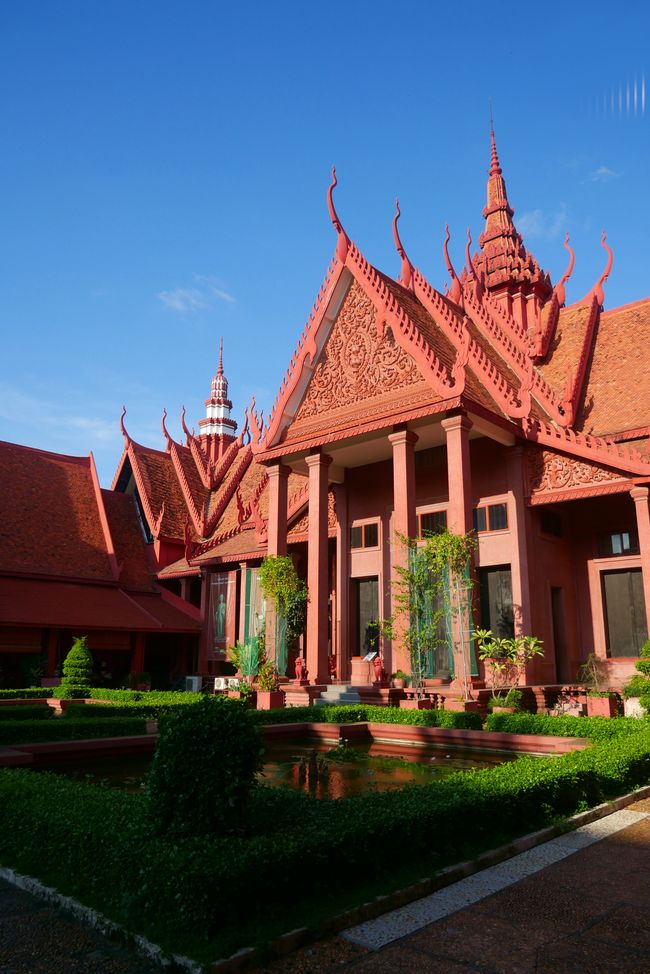
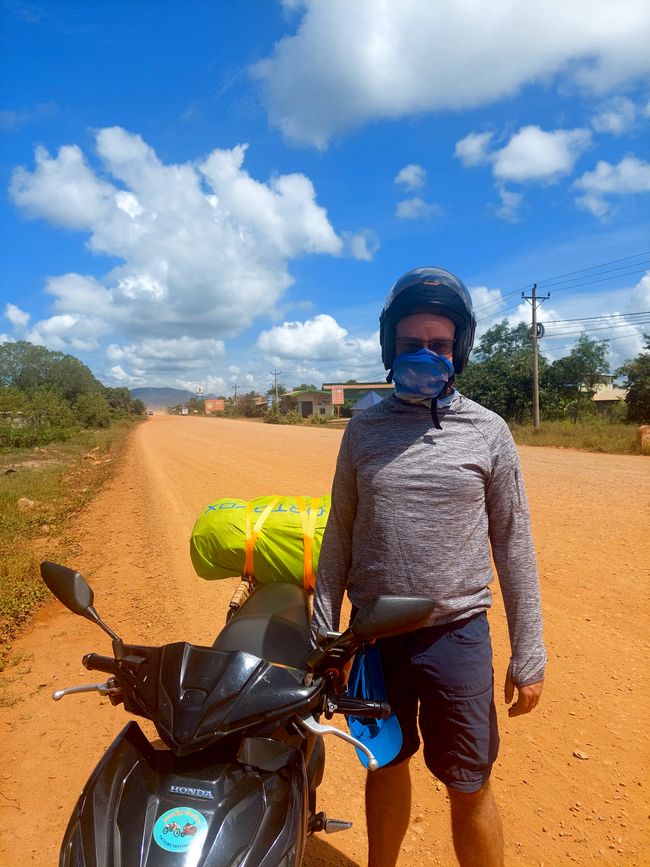
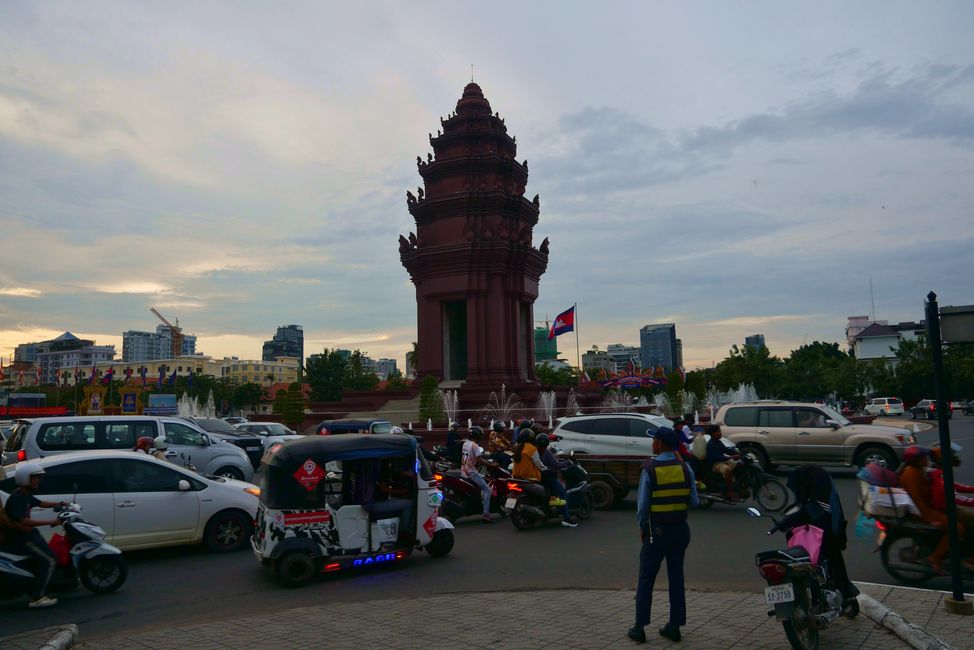
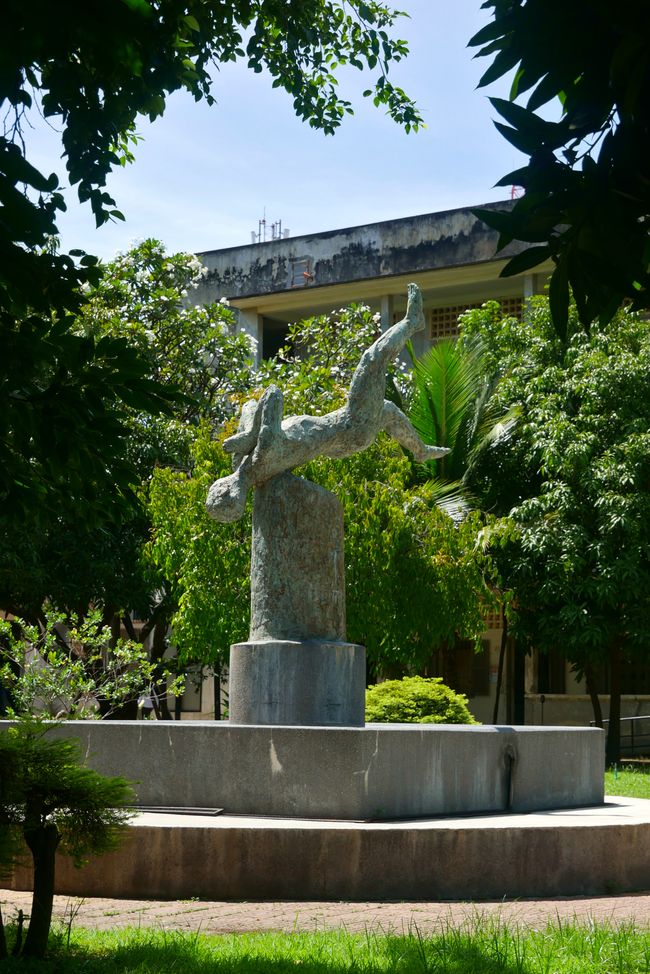

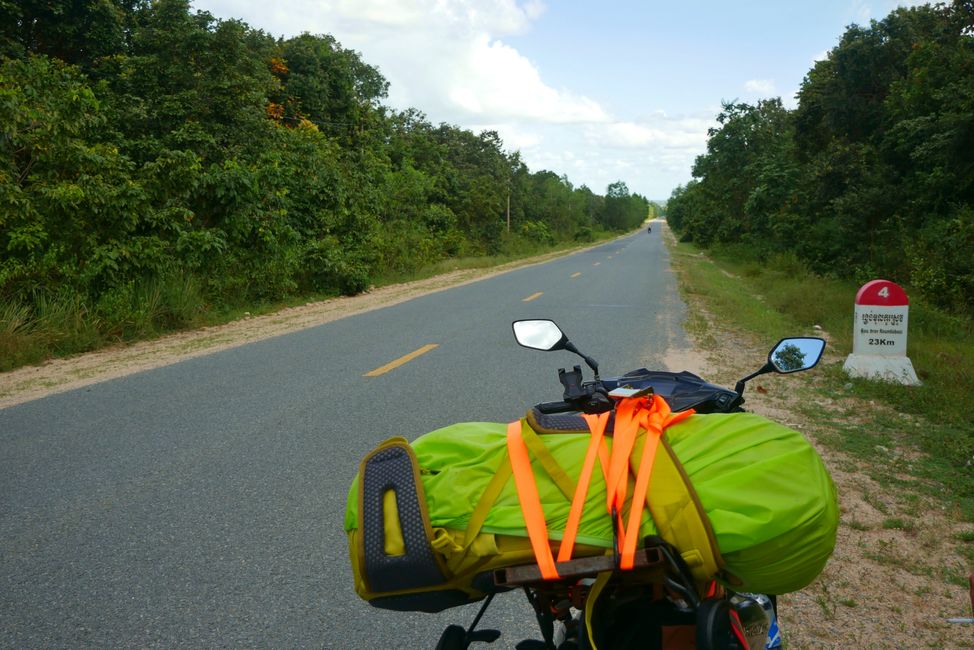

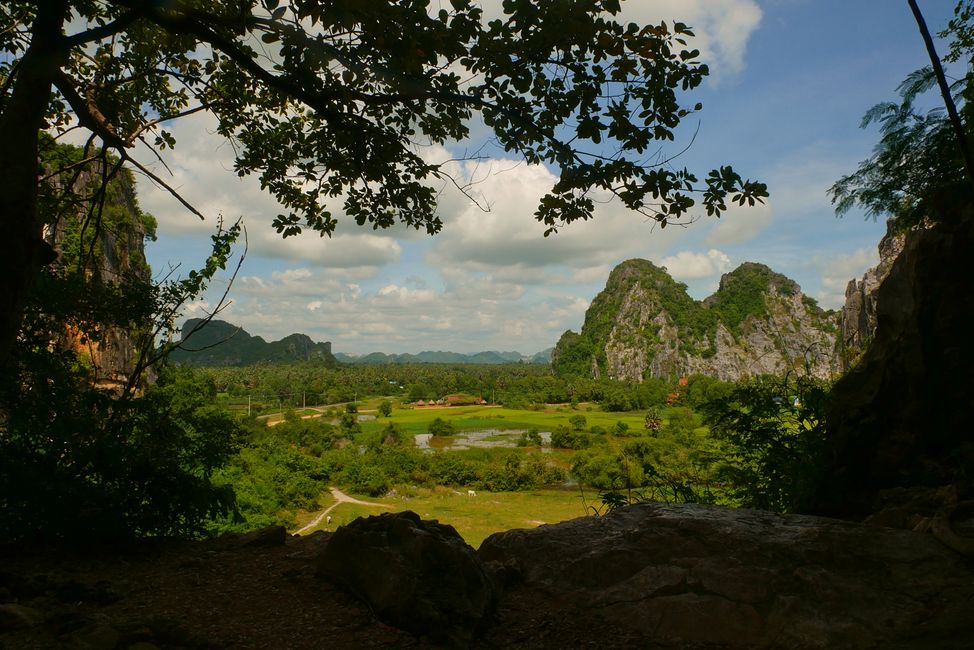
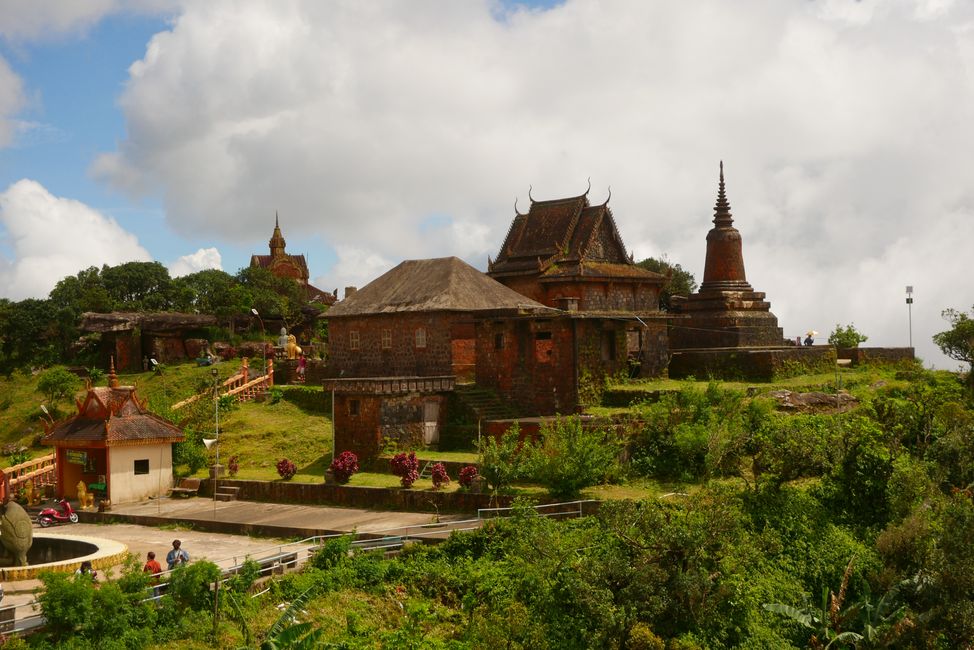
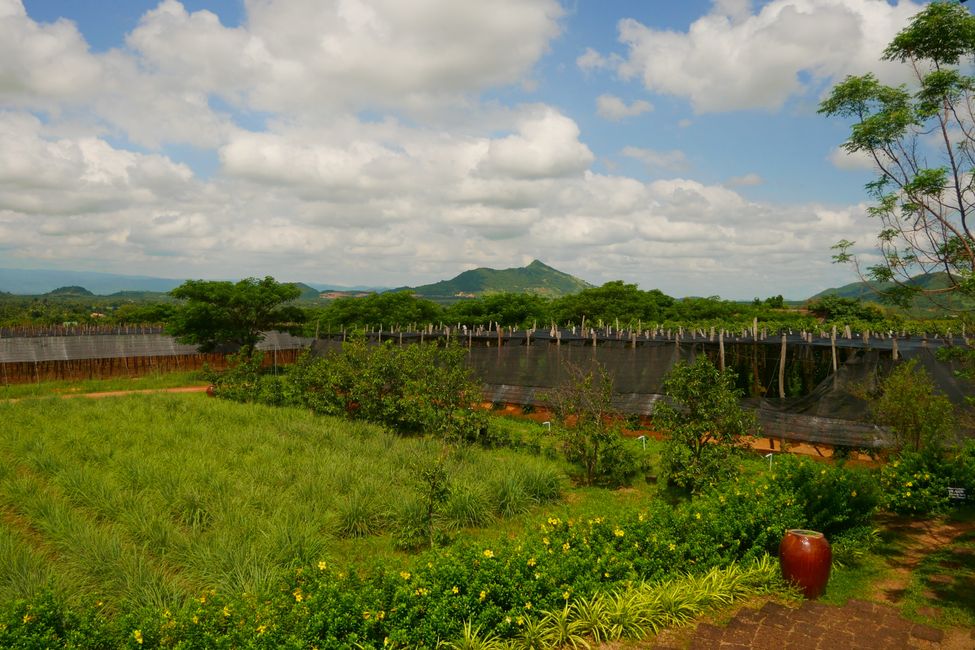
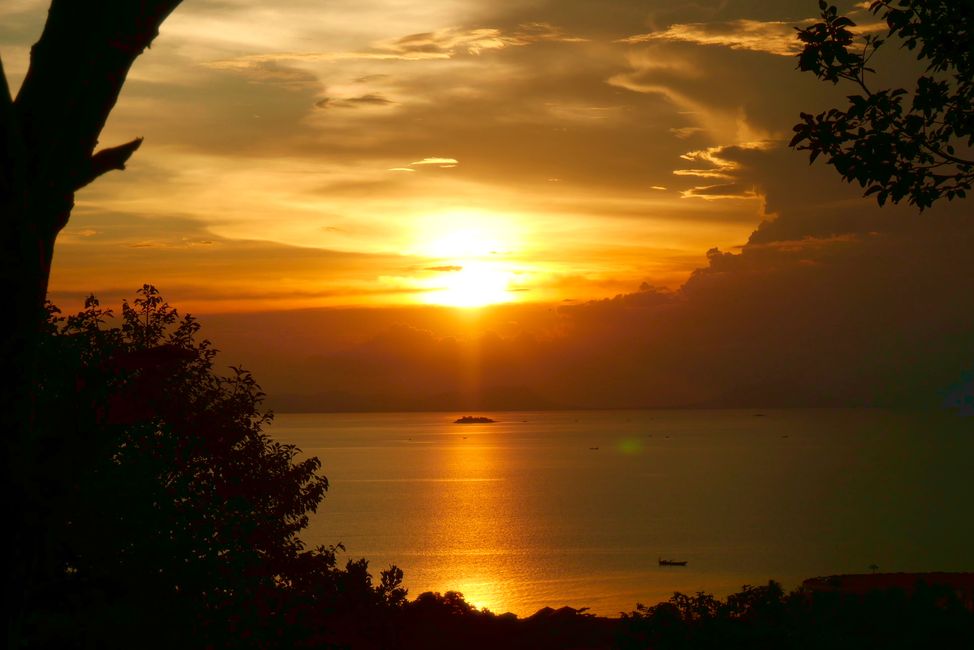
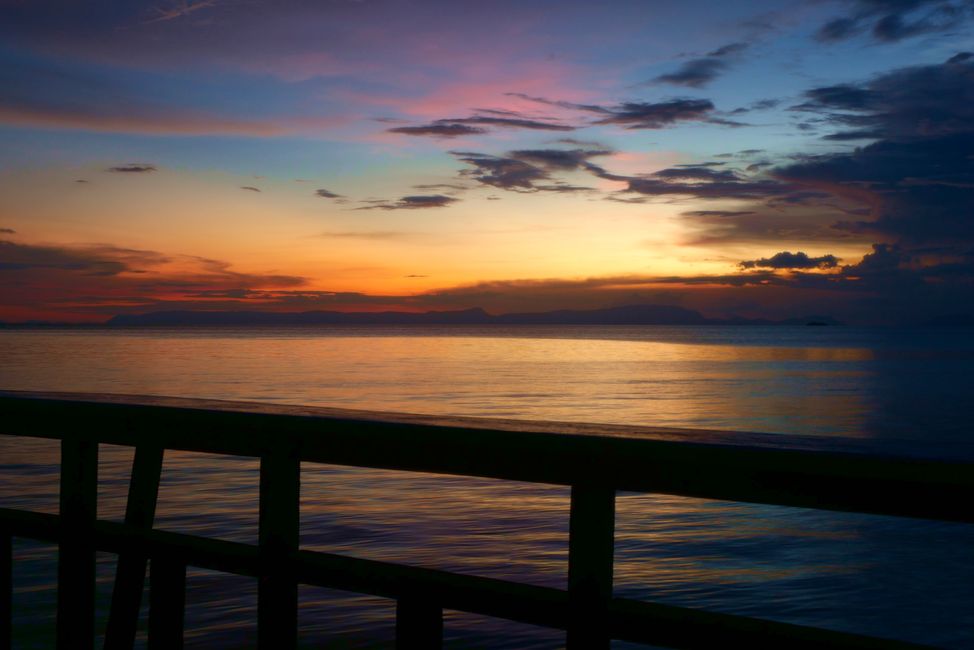
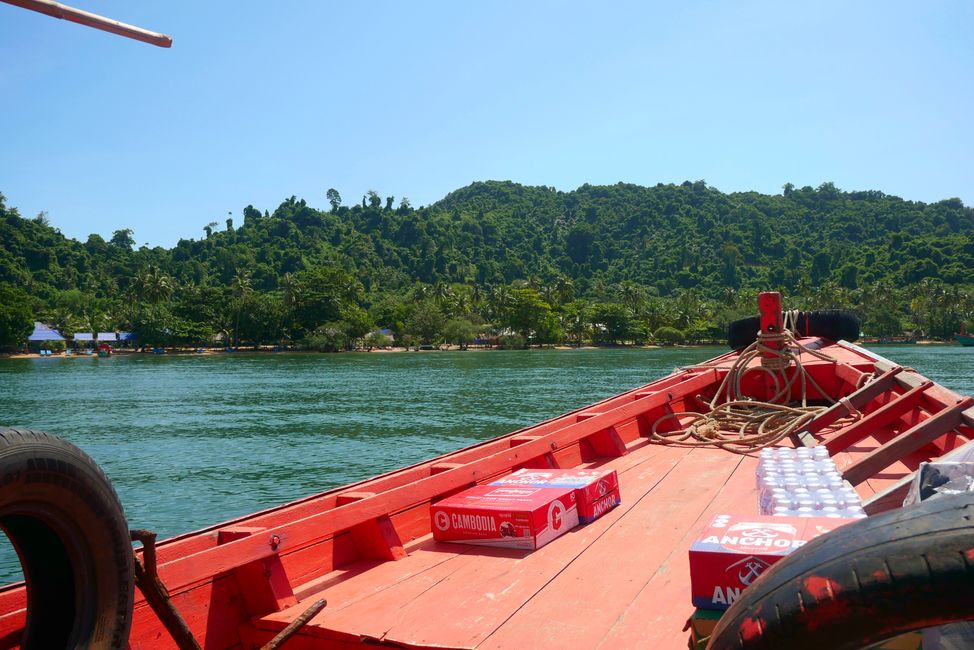
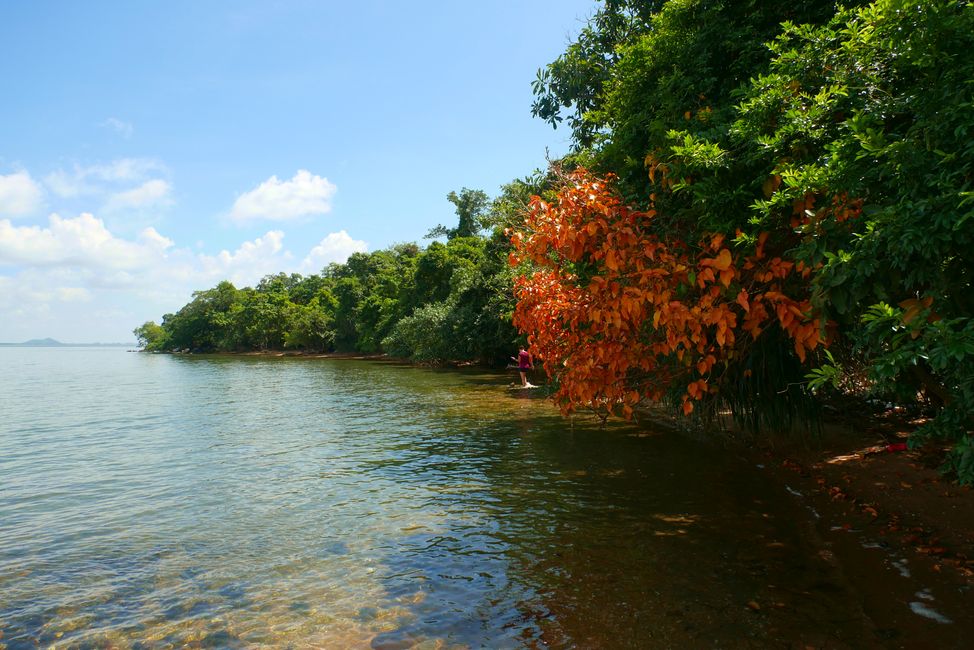
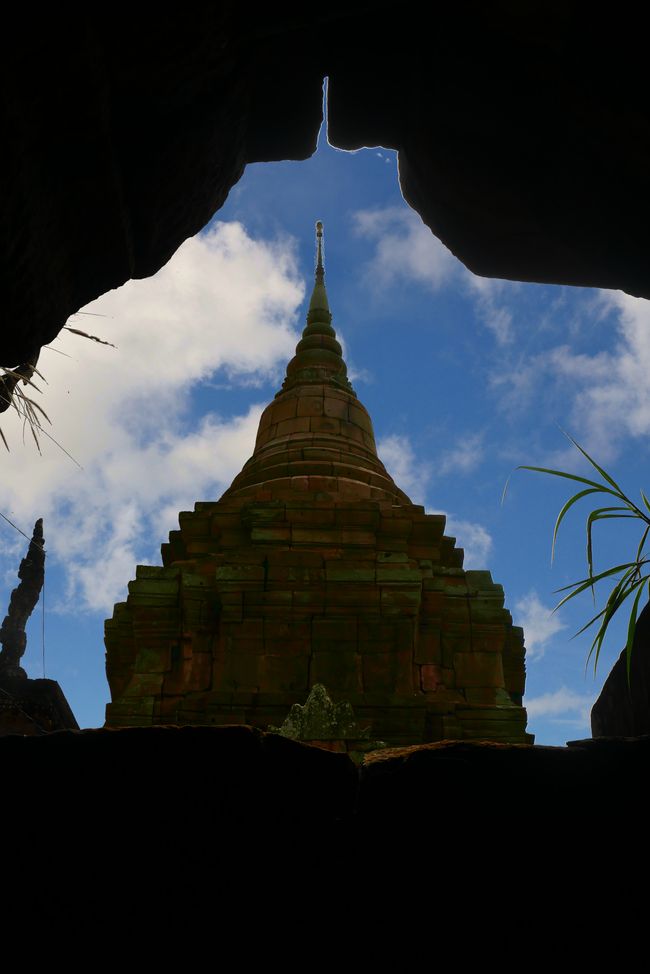
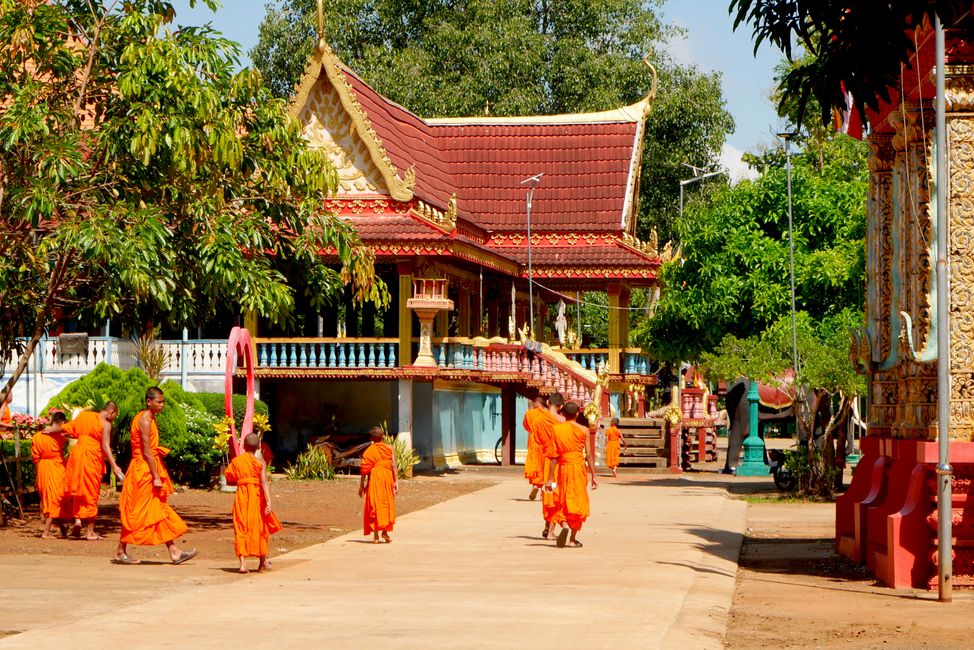
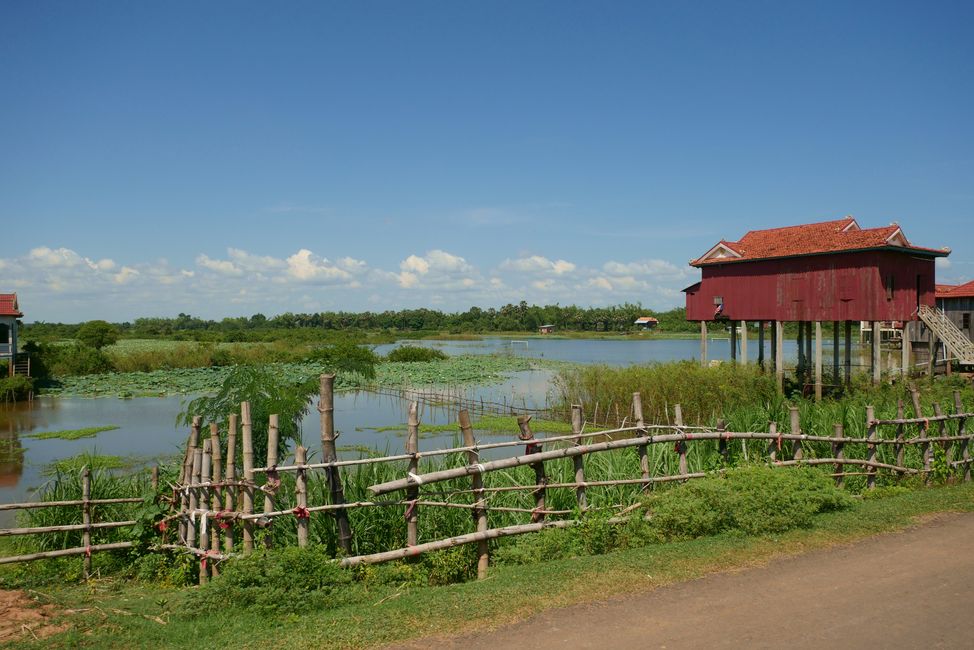
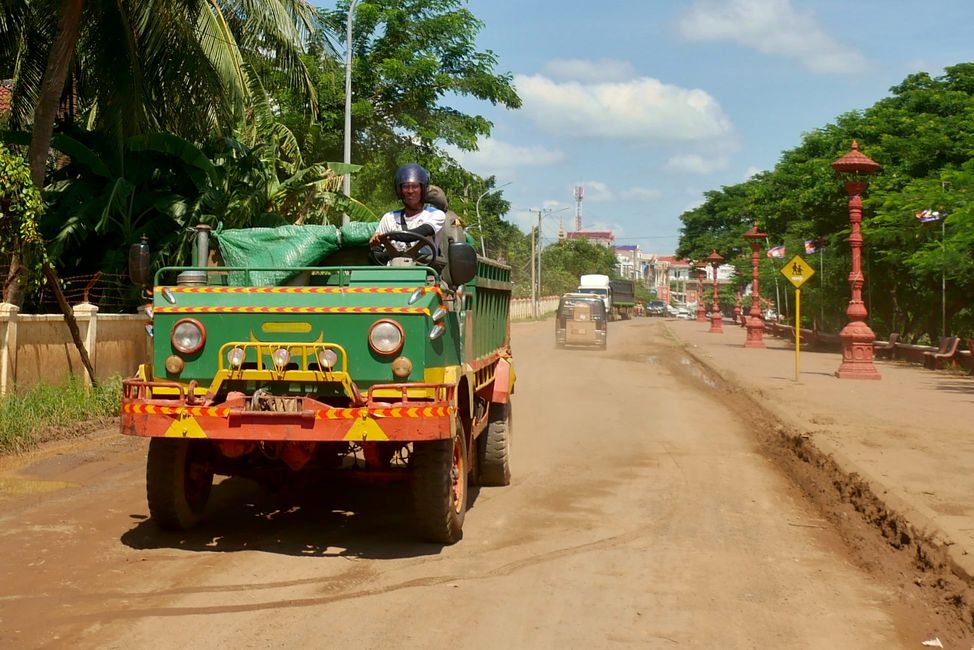
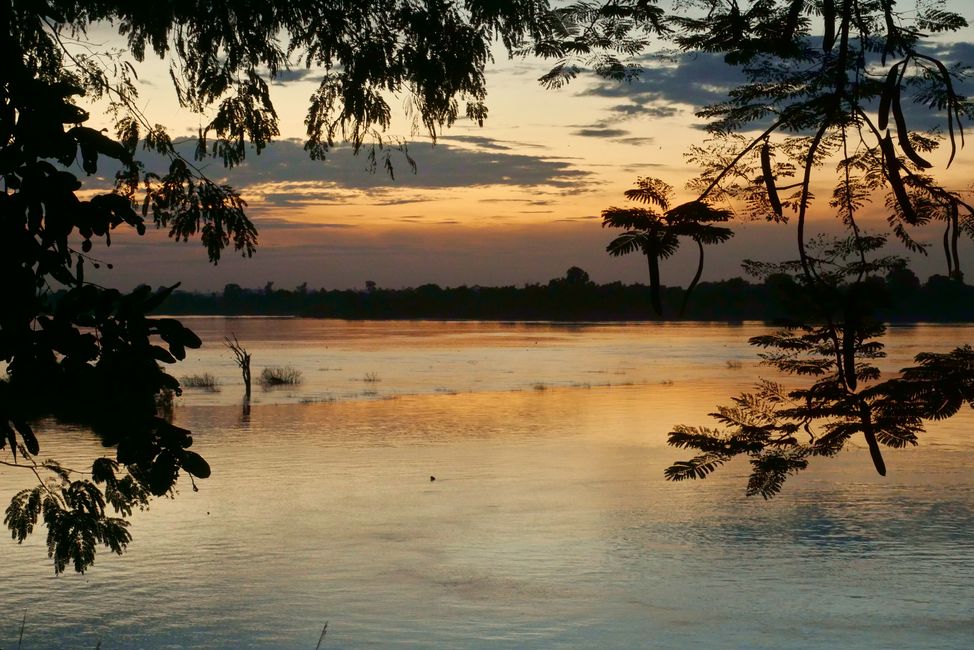

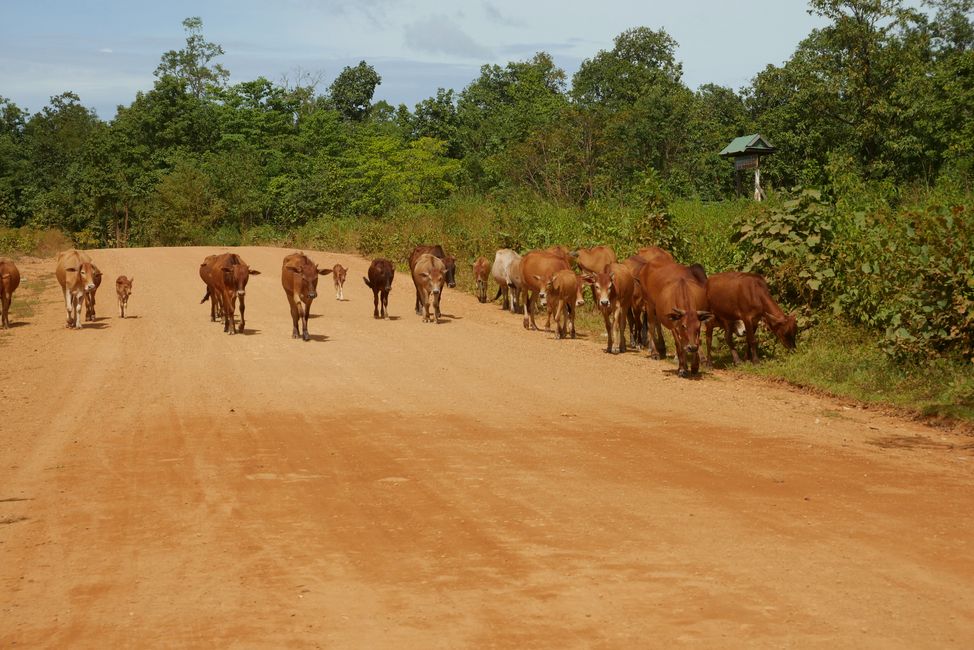
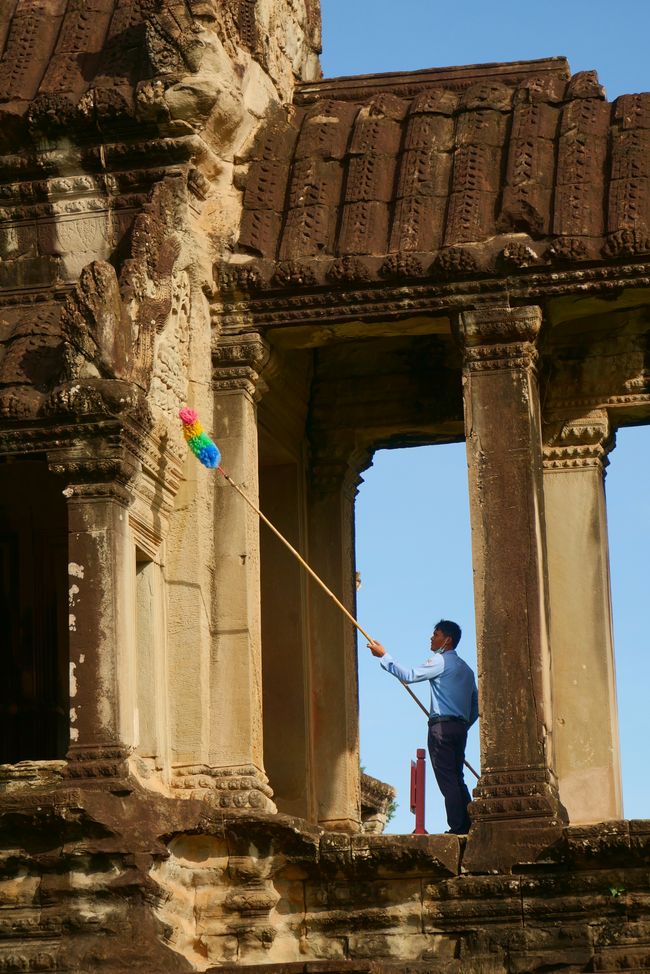
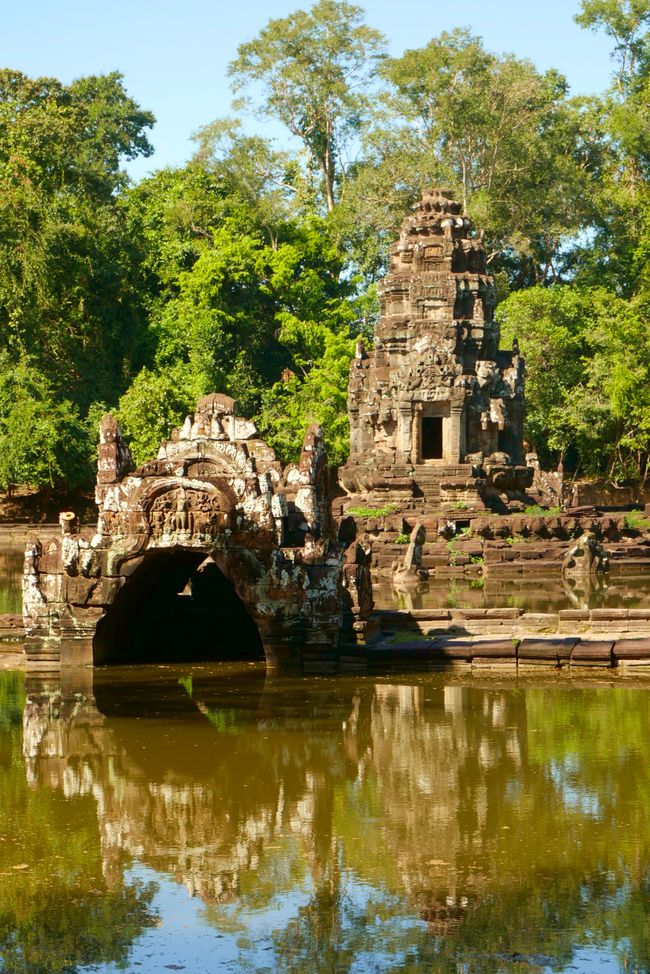

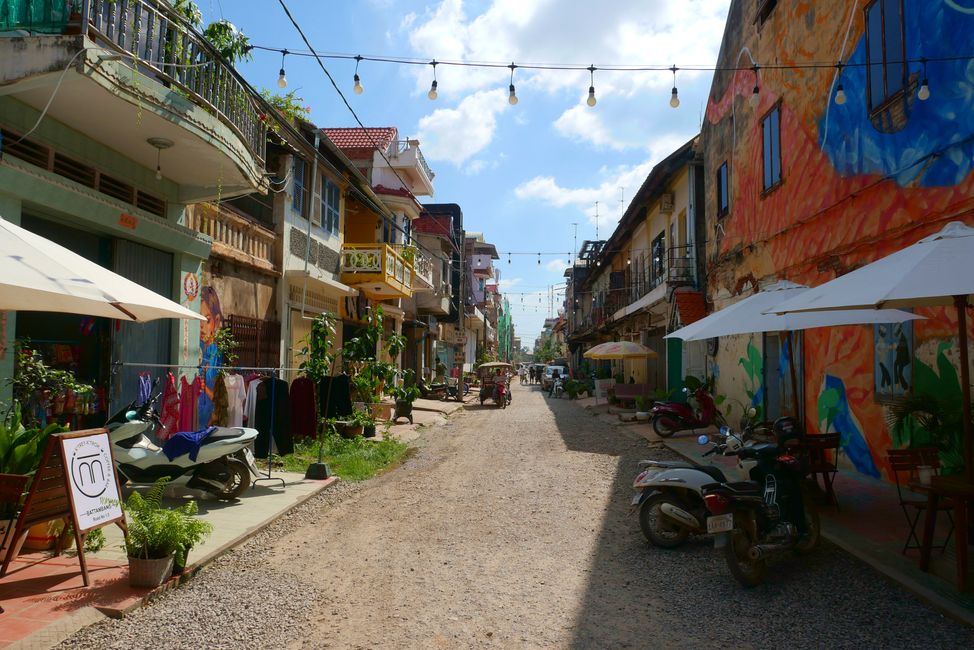
ނިއުސްލެޓަރ އަށް ސަބްސްކްރައިބް ކޮށްލައްވާ
We drove through Cambodia on the moped for three weeks: 2,186km from the capital Phnom Penh south to the Gulf of Thailand and to where the pepper grows, to Kampot; then north again past Phnom Penh, always along the Mekong to the waterfalls on the Laotian border and from there east to the temples around Angkor Wat, before the return journey via Battambang to Phnom Pehn. 2,186km over freshly tarred highways, village streets that had more potholes than asphalt and gravel roads, after which we were covered from head to toe in red dust. 2,186km through mostly flat land, through countless roadside villages, past hundreds of wats, but also dozens of mosques and always with a view of green rice fields.

We needed a second attempt to really warm up to the country and this form of travel. On the moped you are always in the middle of things: when you drive through markets, you can buy everything that is on offer: whether vegetables, fish or meat; You share the road with cows, goats and dogs (who clearly insist on having the right of way), a few trucks and buses, pickup trucks and many mopeds.

The human road users are extremely considerate and foresighted, but everything that is stated in the StVO according to Section 1 can safely be forgotten here. The traffic situation is more comparable to that on a ski hill than to what can be found on European roads. You look at what is happening in front of you, where the others might want to go and you leave space accordingly. Someone can quickly drive up from the right without looking behind. People also like to drive on the left side of the road for a while if it seems more practical. The first rule is: there is still room for a moped. But this system also works because of the great mutual consideration. We only had two dangerous situations on the street: once with a kid who suddenly wanted to go to his mother on the other side of the street and once with a dog whose territory the street ran through. We felt very safe the rest of our way, even with a lot of traffic.

But it took us a few days to get used to this different type of traffic and the many impressions from the side of the road. After the first two days heading south, we considered returning our moped to the rental company much sooner and exploring the rest of Cambodia by intercity bus or train. After a few days of rest on the Gulf of Thailand, in which we were able to let everything that we had experienced so far sink in and also revise our route planning, we plucked up courage, made a second attempt and have been enthusiastic moped riders ever since.

Because the great thing about always being in the middle of it all are the chance encounters along the way. On the stairs to the Chisor Mountain Temple, an hour and a half south of Phnom Penh, we met a young man from a northeastern province who was going to the monastery to study first Khmer and then English literature in Phnom Phen. He said he would like to teach but would rather face a modern world in the capital rather than return to the provinces.

In Kep, a holiday resort on the coast of the Gulf of Thailand, a number of young people have opened cafés and restaurants that look modern and offer us long-noses a familiar environment. Even the few visitors at the end of the rainy season and thus the start of the holiday season do not let their good mood and confidence be spoiled, but instead work diligently for their small economic success.

During a short break through one of the last reaches of the rainy season, we got into conversation with a tuktuk driver in Siem Reap. He told us in perfect English how hard it was to make ends meet over the last three years when no tourists came to Angkor Wat because of Covid and the Ukraine war. How great the hope was that there would be another good season this year, at least until the conflict broke out in the Middle East. We asked him why he wasn't a guide, many of whom lead groups of tourists through the temple complex. You could only do that with an expensive education and he comes from a poor family, he answered, even with a certain pride.

The Khmer Rouge or Khmer rouges around Pol Pot tried from 1975 to 1979 to transform the entire country into a purely agricultural state. Around a quarter of the population died under their tyranny. The Cambodian author Luong Ung, who was five years old when the Khmer Rouges came to power, describes them simply as “destroyers of things” in her book First They Killed My Father . Today, 44 years after Cambodia was liberated by Vietnam, sites of remembrance can be found in many places, such as the Killing Caves in Battambang or the former Khmer Rouge prison and torture site S-21 in Phnom Penh. Even though today's government is strongly influenced by socialism and acts in an authoritarian manner, it has nothing in common with the Stone Age communism of the Khmer Rouge. Rather, one feels the urge everywhere in the country to catch up with its economically more developed neighbors Vietnam and Thailand.

Many people follow the promise of finding better career and earning opportunities in the cities, especially in Phnom Penh. New high-rise buildings are being built everywhere in the capital. A Swiss woman who founded a training company for socially disadvantaged young people 12 years ago in what was then still sleepy Siem Reap now compares her adopted home with Disneyland and now likes to go to Kratie or Battambang for the weekend, where French colonial buildings still dominate the streetscape and everything more contemplative and original.

Cambodia is certainly still part of the Wild East, where there are many paths that are not yet well-trodden by tourists and can be easily explored by moped.
Robert
ނިއުސްލެޓަރ އަށް ސަބްސްކްރައިބް ކޮށްލައްވާ
ޖަވާބު
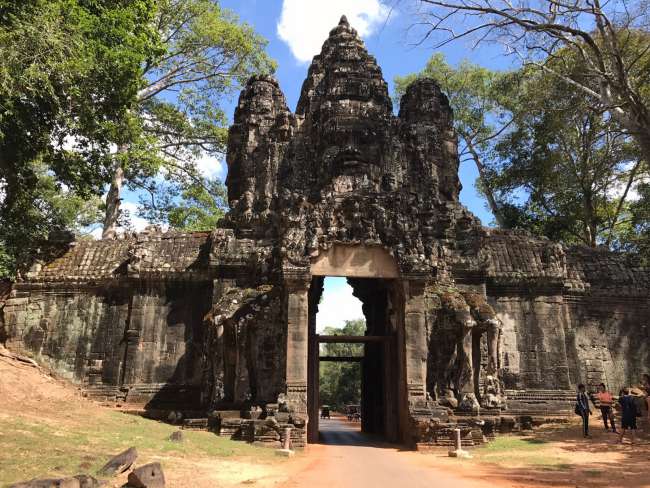
ދަތުރު ރިޕޯޓްތައް ކެމްބޯޑިއާ އެވެ
